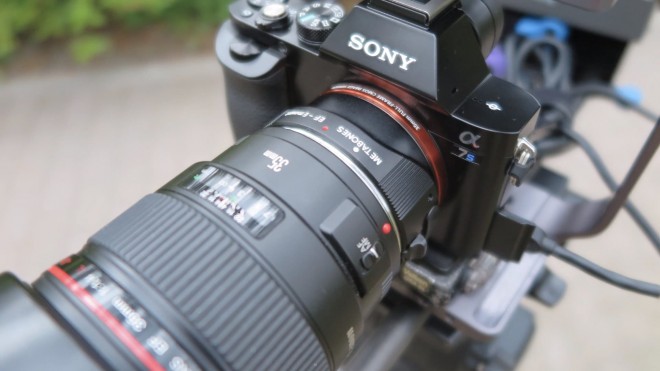
Slashcam have chart tested the A7S internal recording modes and the results for the regular frame rates 24-30p are incredibly positive.
However it seems that in 60p the camera cannot utilise the full pixel readout of the sensor, which results in a worse image with moire and aliasing.
You can read my take on this below or head over to Slashcam to read the original piece (Google translated)
Slashcam claim the A7S has a very complex debayer at 24-30fps, a more sophisticated one than even the Canon C300 which produces one of the cleanest HD images on the market, that too oversampled from a 4K sensor. That camera uses 4 bayer RGGB sensels to produce one pixel so the quality of that pixel is bound to be very high. The A7S debayer technique isn’t known but the chart comes out so clean as to be almost perfect and 99.9% free of moire or aliasing. This is a very impressive performance, better than the 5D Mark III and even the GH2 which produced until now one of the most detailed 1080p images from a consumer camera.
The drop in quality in 50/60p is going to be noticeable though and of course there’s a further much more dramatic drop in quality for 120fps. Moire isn’t as serious in 60p mode as it is in 120p. Whether you will notice it in the real world will depend on your subject.
Here from Slashcam is the difference between 24p and 60p on the A7S:
Charts kindly provided with permission, by Slashcam. (C) Slashcam.de
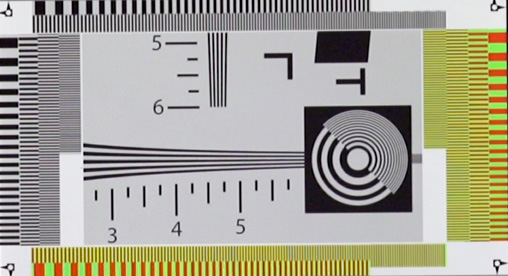
Top 24p, bottom 60p:
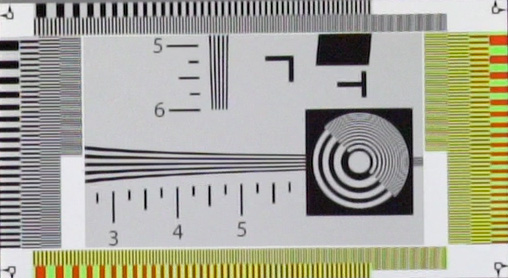
Interestingly the internal 1080p output of the A7S is almost as clean as 4K on the Blackmagic Production Camera, below:
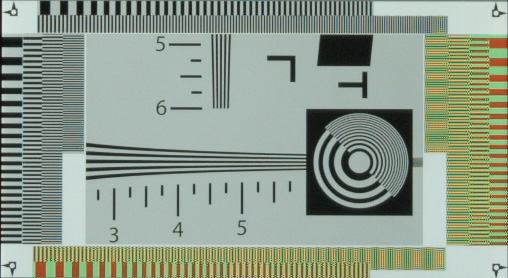
And the A7S absolutely trounces Nikon’s flagship for 1080p, the D4S, below:
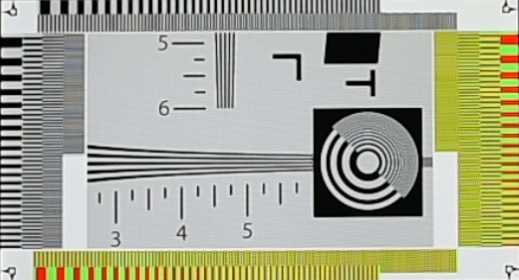
Without doubt the A7S produces the best video quality from any current full frame camera under $10,000, if you take into account the fact that it does 4K and ignore raw on the 5D Mark III. The only competition is the Canon 1D C at $12,000, or slightly lower depending on discounts in your region. That the A7S costs $2499 makes it a very impressive deal for the 1080p alone, let alone the 4K output.
Only rolling shutter is a negative in full frame mode, but then as Philip Bloom points out you can use Speed Booster in APS-C mode for reduced rolling shutter. This mode delivers almost equal detail to the full frame mode according to the Slashcam chart test, very surprising given the fewer pixels it has to work with. Let’s hope APS-C crop mode is usable over HDMI in 4K too.
[vimeo]http://vimeo.com/100163084[/vimeo]In order to compete with the A7S, the competition will have a lot of trouble to do so quite frankly. A full pixel readout is far more difficult on a full frame sensor with the typical higher megapixel count of the competition, 20MP+
Even the 1D C could not quite do that. That scans a 1.3x crop window from a 18MP sensor.
I cannot see Canon being able to respond to the A7S image quality with a full pixel readout in the immediate future on their full frame cameras, unless they too introduce a low megapixel body.
Let’s hope 12MP catches on with more manufacturers, Panasonic especially.


